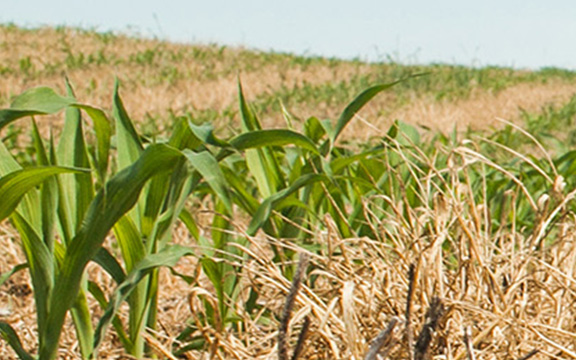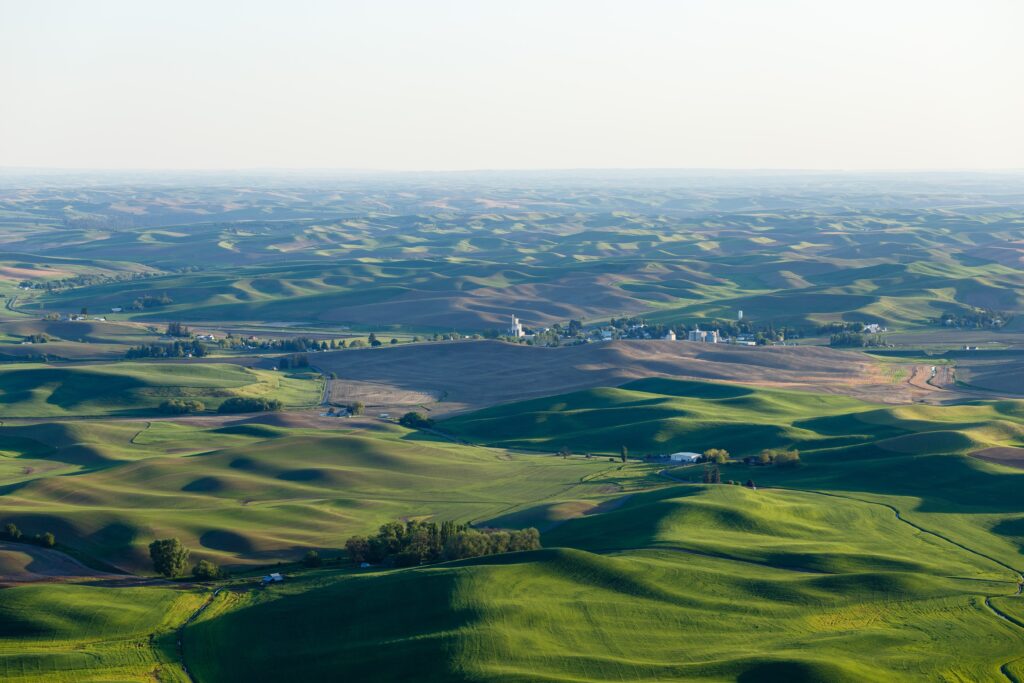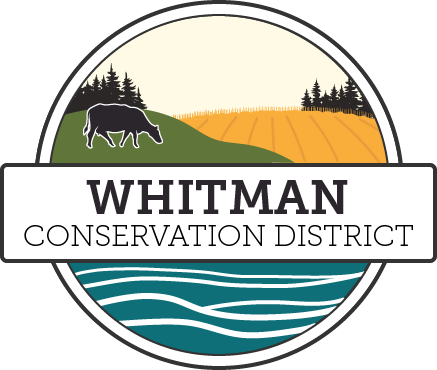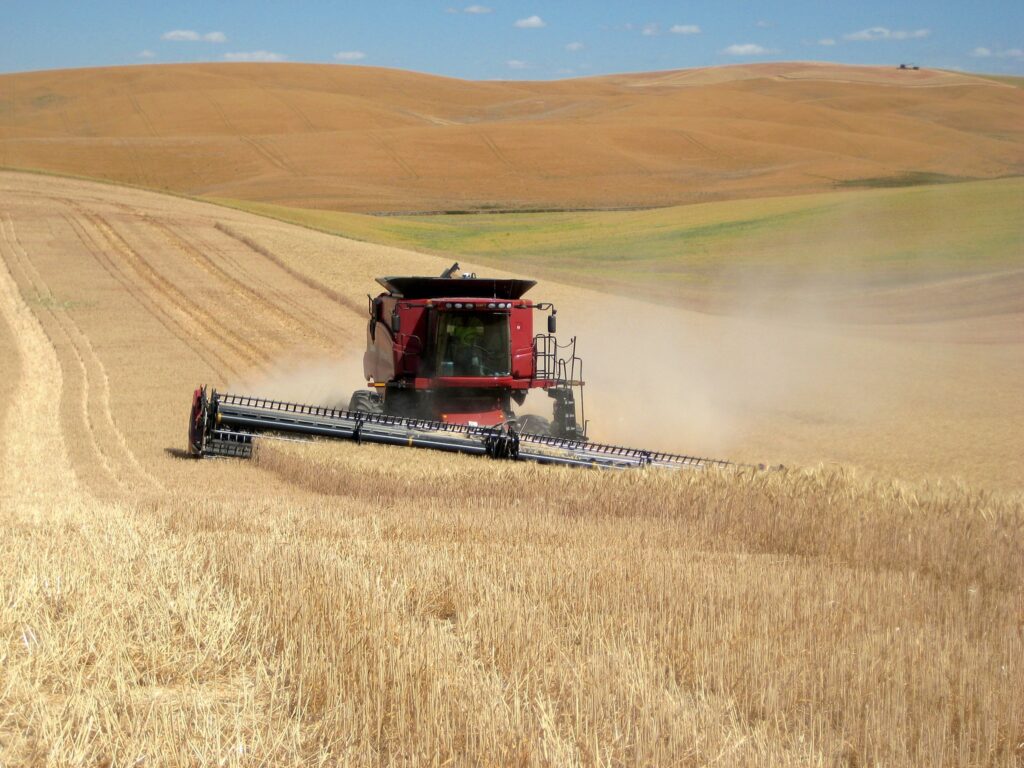Till vs No-till Farming
Let’s Talk Tillage!
Tilling is the process of preparing soil for seeding and plant growth.
For many years, tillage was accomplished traditionally through plowing, which aerates the soil, combats weeds, mixes nutrients, and dries the soil giving greater survival rates for seeds. But this traditional form of tillage has been found to have many negative effects on soil. Disturbing the soil leads to topsoil loss, erosion, and potential dust storms. It also increases nutrient and silt runoff into nearby waterways.
Other plowless methods of tillage are now available that decrease these negatives without reduction in positive outcomes related to tilling.
No-Till Helps You Prepare and Retain Healthy Soil
No-till is a technique meant to reduce the negative effects of traditional plow tillage. This method involves placing seeds on top of the soil or digging them into a hole that’s then covered by machinery called a no-till drill.
This method reduces erosion of soil while retaining more water and nutrients because the integrity of the soil is not disturbed. Because the soil matter is retained, carbon is sequestered in greater abundance. One consideration with adopting no-till is that additional methods of weed control must be used, such as more herbicide, since weeds are no longer killed through turning the soil.


Ready to Learn More About No-Till?
Call our Whitman Conservation District team to talk more about conservation tillage, soil health, and more.

